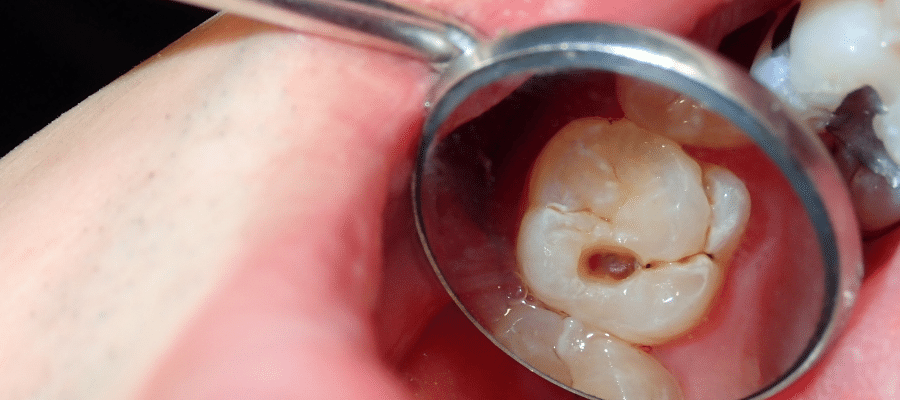
Dental fillings are single or combinations of metals, plastics, glass or other materials used to repair or restore teeth. One of the most popular uses of fillings is to “fill” an area of tooth that your dentist has removed due to decay

Tooth decay is damage to a tooth that can happen when harmful bacteria in your mouth make acids that attack the tooth enamel. This can lead to a small hole in a tooth, called a cavity. More severe decay can cause a large hole or even destruction of the entire tooth. If tooth decay is not treated, it can cause pain, infection, and even tooth loss.
When a tooth is exposed to acid frequently—for example, if you eat or drink often, especially foods or drinks containing sugar and starches—the repeated cycles of acid attacks cause the enamel to continue to lose minerals. A white spot may appear where minerals have been lost. This is a sign of early decay.
Tooth decay can be stopped or reversed at this point. Enamel can repair itself by using minerals from saliva and fluoride from toothpaste or other sources. But if the tooth decay process continues, more minerals are lost. Over time, the enamel is weakened and destroyed, forming a cavity.
There are several types of filling material currently available to repair cavities, including tooth- colored (composite) fillings and silver-colored (amalgam) fillings. Composite resin materials are increasingly used to fill teeth because many people prefer tooth-colored fillings and because composites continue to improve.
There are also treatments called crowns, used to repair badly broken-down teeth. Crowns can be made of gold or other metals, porcelain, or stainless steel (usually used on baby teeth). Generally, dental fillings and crowns do not last a lifetime.
These are tooth-colored and match your teeth. Composite fillings are made with a mixture of quartz or glass, which creates a strong and aesthetically-pleasing filling. Natural-colored fillings are best for small-to-medium-sized fillings that do not need to withstand as much chewing pressure as molar teeth. Discuss your options with your dentist.
When a composite is used for a filling, you should be allowed to eat immediately afterwards with no precautions. At that point your tooth is as good as new and you shouldn’t even be able to see where the filing was done. You may experience some mild to moderate sensitivity in the filled tooth which should subside within 48 hours. Some time and wear may be needed to adjust to the filling if it is slightly over or under the level of your bite.
Decay or cavities can be avoided by preventive procedures such as applying sealants in the fissures of teeth to prevent food lodging in teeth. Applying fluoride to attract more calcium and protect the tooth from breakdown by bacterial acid is also an option. Once completed, fillings can be cared for by maintaining proper oral hygiene at home including daily brushing, mouthwash and flossing.
Contrary to popular belief, fillings do not last forever. A filling usually lasts anywhere from 3-7 years on average but needs to examined by a dentist regularly to ensure it’s holding up well. If you see any discoloration, darkening, or chipping under the filling, call your dentist and schedule to see them as soon possible. These signs can indicate breakdown of the filling and indicate the need for replacement.
Please feel welcome to contact our friendly reception staff with any dental inquires or to book an appointment.